
Ephialtini is a tribe of ichneumon wasps in the family Ichneumonidae. There are about 17 genera and at least 20 described species in Ephialtini.

Eriocampa is a genus of common sawflies in the family Tenthredinidae. There are about five described species in Eriocampa.
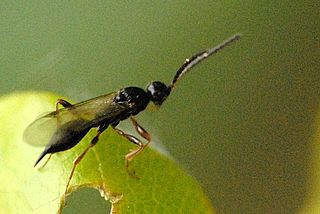
Exallonyx is a genus of hymenopterans in the family Proctotrupidae. There are at least 20 described species in Exallonyx.
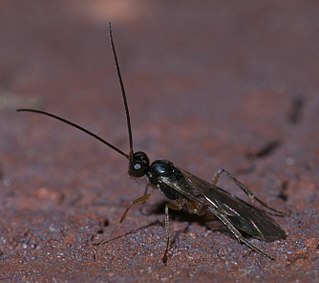
Phygadeuontini is a tribe of ichneumon wasps in the family Ichneumonidae. There are about 18 genera and 12 described species in Phygadeuontini.

Lemophagus is a genus of ichneumon wasps in the family Ichneumonidae. There are about eight described species in Lemophagus.
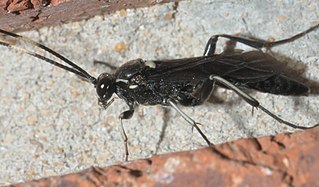
Ichneumonini is a tribe of ichneumon wasps in the family Ichneumonidae. There are at least 20 genera and 60 described species in Ichneumonini.

Limonethe is a genus of ichneumon wasps in the family Ichneumonidae. There are about five described species in Limonethe. They can be distinguished from similar genera based on the nearly square-shaped areolet and the large and dense punctures on the post-petiole. Many also have infuscated wings, a red abdomen, black head and mesosoma with narrow white markings along the inner eye margins. Limonethe occurs in the New World from Canada to Argentina.

Menkokia is a genus of ichneumon wasps in the family Ichneumonidae. There are at least four described species in Menkokia.

Monsoma is a genus of common sawflies in the family Tenthredinidae. There are at least two described species in Monsoma.

Oxyrrhexis is a genus of ichneumon wasps in the family Ichneumonidae. There are at least four described species in Oxyrrhexis.

Polytribax is a genus of ichneumon wasps in the family Ichneumonidae. There are about 15 described species in Polytribax.

Pristocera is a genus of cuckoo wasps in the family Bethylidae. There are about five described species in Pristocera.

Rhyssella is a genus of ichneumon wasps in the family Ichneumonidae. There are about 10 described species in Rhyssella.

Rhyssinae is a subfamily of ichneumon wasps in the family Ichneumonidae. It contains eight genera and 259 described species, but there are likely many undiscovered species.

Therion is a genus of ichneumon wasps in the family Ichneumonidae. There are at least 20 described species in Therion.
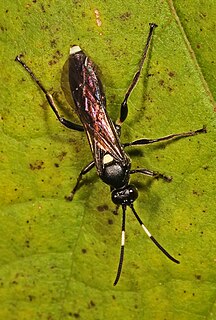
Vulgichneumon is a genus of ichneumon wasps in the family Ichneumonidae. There are at least 30 described species in Vulgichneumon.

Exeristes is a genus of ichneumon wasps in the family Ichneumonidae. There are about nine described species in Exeristes.
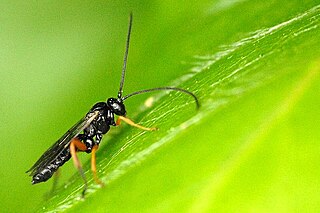
Schizopyga is a genus of ichneumon wasps in the family Ichneumonidae. There are about 10 described species in Schizopyga.
Sinarachna is a genus of ichneumon wasps in the family Ichneumonidae. There are about five described species in Sinarachna.
Zaglyptus is a genus of ichneumon wasps in the family Ichneumonidae. There are at least 20 described species in Zaglyptus.


















